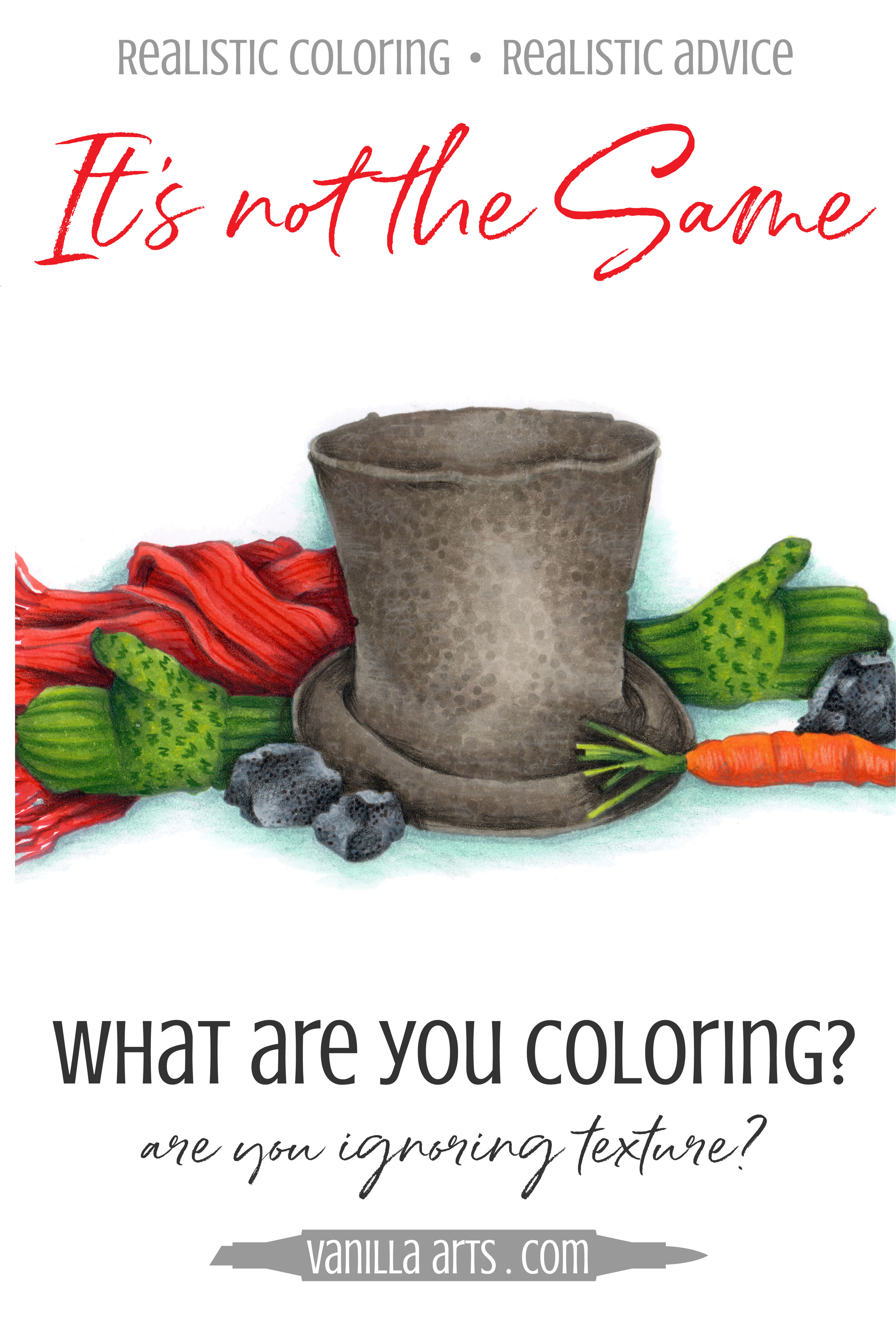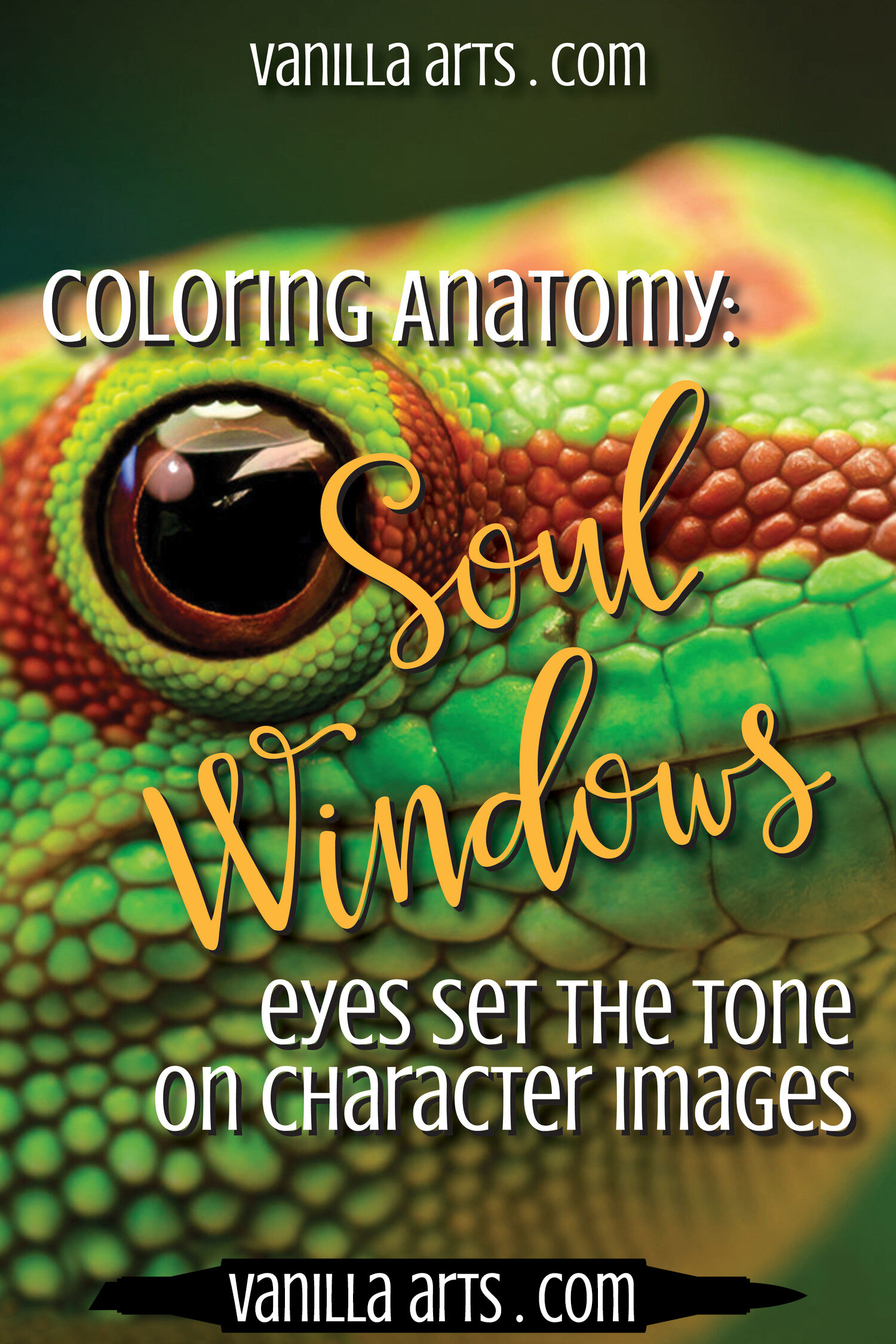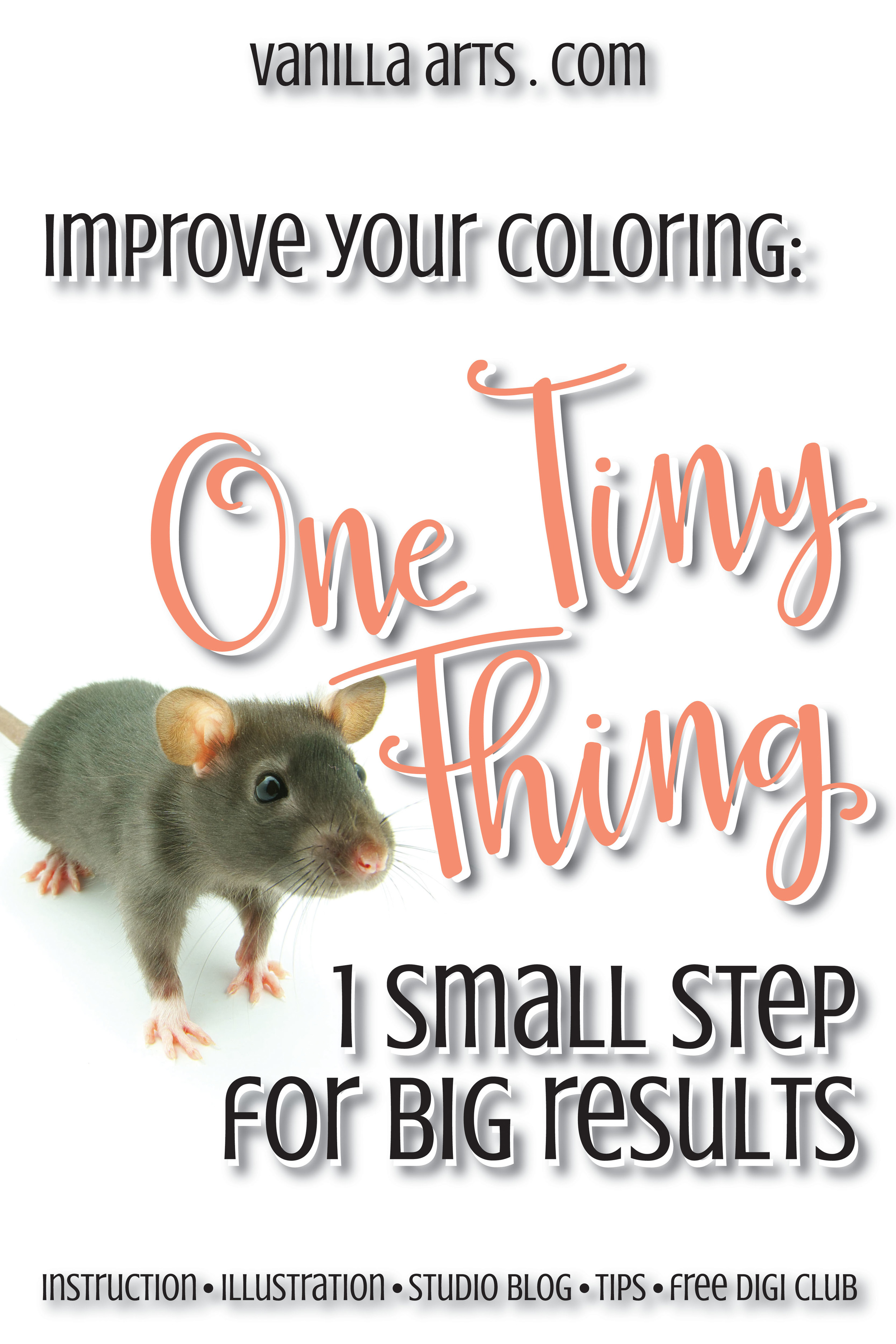
Copic Marker Tip: Do You Blend Everything Smooth? The importance of texture to realism
Think back to your last Copic Marker Project…
Picture in your mind the last thing you colored with Copic Markers or even colored pencils.
I'll bet you made the same beginner Copic mistake everyone else makes.
Don't feel bad, I see people making this same blunder every day and many of them are definitely NOT beginners!
What mistake?


Coloring Friendly Characters? It’s all about the eyes!
See how important the eyes are to friendly and likeable characters. It's not in the stamp, it's how you color the eyes! | VanillaArts.com | Colored Pencil, How To Color, Realistic Coloring

